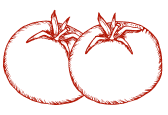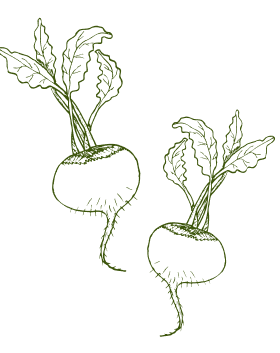Picture this: your backyard is humming with bees, fluttering with butterflies, and dancing with color. That’s the magic of a pollinator garden—and the best part? Your child can help create it.
At The Kitchen Garden Playschool, we believe in growing gardens that feed our bodies and our imaginations. But they can do more than that—they can feed the bees too. A pollinator garden is a simple way to support the tiny, hard working creatures that make our gardens grow, while giving kids a joyful, hands-on way to learn about nature.
Here’s how to get started, even if you’ve only got a few pots on the patio and a curious little gardener by your side.
🐝 Wait… What Is a Pollinator Garden?
Pollinators—like bees, butterflies, hummingbirds, and even beetles—help plants make seeds by carrying pollen from flower to flower. Without them, we wouldn’t have apples, pumpkins, tomatoes… or about one-third of the food on our plates. A pollinator garden is designed to attract and nourish these helpful visitors.
Think of it as a mini bug buffet—bright, tasty, and buzzing with life.
🌸 Step 1: Choose Your Pollinator-Friendly Plants
You don’t need fancy flower beds or a landscaping crew. Just pick a few easy-to-grow plants that bloom at different times of the year so pollinators always have something to snack on.

Here are some favorites for our Pacific Northwest garden:
- Spring: Lupine, Oregon grape, chives
- Summer: Echinacea (cone flower), bee balm, lavender
- Fall: Asters, goldenrod, yarrow
Pro tip for little helpers: Let your child pick out a packet of flower seeds just for the bees. A wildflower mix is a great way to keep it simple and colorful.
🦋 Step 2: Think Beyond the Bloom
Pollinators need more than flowers—they need water, shelter, and places to raise their young. Here’s how you can help:

- Add a shallow water dish with pebbles for bees to land on.
- Leave a sunny patch of bare soil for ground-nesting bees.
- Skip the pesticides. Let your garden be a little wild.
- Plant in clumps so pollinators can easily find and move between flowers.
Let your preschooler help arrange a little “bee bath” or build a bug hotel using twigs, pinecones, and hollow stems. Trust us—it’s more fun than blocks.
🐛 Step 3: Observe and Enjoy
Once your garden is growing, take time to watch who comes to visit. Count the number of bees you see in 5 minutes. Follow a butterfly’s path through the yard. Ask your child:
- “What colors do the bees like best?”
- “Can we spot a fuzzy bumblebee and a shiny honeybee?”
- “Which flower do the butterflies land on the most?”

This turns your garden into an outdoor science lab—and every visit becomes an adventure.
🌼 Why It Matters

At The Kitchen Garden Playschool, we teach children to be caretakers of the earth—not by memorizing facts, but by digging, planting, and discovering. Pollinator gardens give kids a living lesson in ecosystems, empathy, and the magic of growing things. They get to be both scientists and stewards.
And hey, the flowers don’t hurt either.
Ready to Plant?
Download our [Free Pollinator Planting Guide for Preschoolers] (coming soon!) and bring the buzz to your backyard.
Because when kids grow gardens that feed the bees, everybody blooms.








